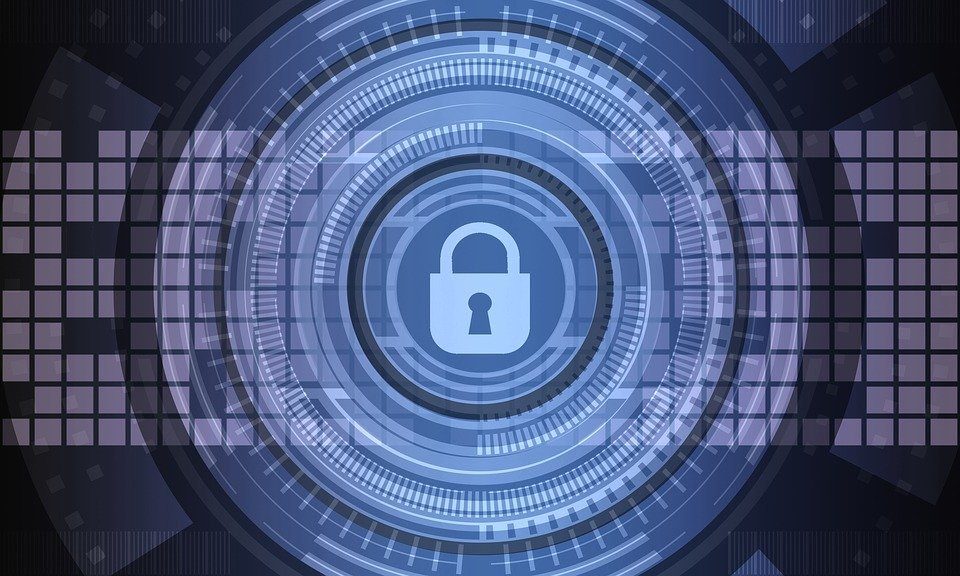
Click here to learn more about Gilad David Maayan.
Data is a valuable resource in today’s world. It only makes sense to protect your data by investing in proper security measures rather than granting open access to everyone. An endpoint Data Loss Prevention (DLP) strategy will help you protect your endpoints or at least mitigate the damage caused by leaked or lost data. Read on to discover the benefits and drawbacks of endpoint DLP policies.
What Is Endpoint DLP
You should choose a DLP solution according to the target deployment environment. DLP solutions can be deployed on endpoints, in the cloud, or at the network level.
Organizations often turn to network DLP when considering DLP solutions. However, while DLPs are efficient in protecting sensitive data in motion, their reach is limited. Network DLP can only protect data when computers are connected to the company network. Network DLP cannot prevent data transfer to portable devices. These issues are solved by endpoint DLP.
Endpoint DLP solutions are often treated like a type of EDR security, which offers easy management and deployment of all endpoints from a single dashboard to updates that you can install without requiring a restart.
Endpoint DLP Benefits
An endpoint DLP enables admins to expand visibility from the network to connected endpoints. This expansion brings a wide range of benefits and controls, as reviewed below.
Dynamic Protection of Data
Endpoint DLP solutions are not dependent on a company network to function. The solution protects sensitive information whether an employee is working remotely or in the office, since DLP policies are applied at the computer level.
Organizations need to protect their data regardless of an endpoint’s physical location, since more and more people work remotely. Any work outside the security of a company network is inherently risky.
Companies with endpoint DLP solutions can allow employees to be more mobile, and work while they travel. Companies can be certain that wherever they are, a client’s office, a conference, or at home, sensitive information will remain secure.
Endpoint Data Visibility
Network DLP solutions can prevent data from travelling outside company networks, but they usually do not offer content discovery capabilities on endpoints. This means that businesses have no way of discovering if employees have sensitive data saved on their devices.
Many data protection regulations require businesses to restrict access to sensitive information and store it only for as long as needed. Moreover, employees can request to delete their data or withdraw consent for data processing. This is a major issue when it comes to compliance
Endpoint DLP solutions enable admins to scan data at rest on computers across the entire company and take remediation actions as needed. Remediation actions like encryption or removal of files ensure that companies are compliant with data protection regulations.
Portable Devices
Portable devices can also be responsible for loss of sensitive data. Employees can copy sensitive files to personal hard drives without violating network DLP policies. However, endpoint DLP enables admins to set different trust levels for portable devices based on specific criteria. For example, admins can allow only company devices to connect to endpoints or block all of them. You can even enforce these policies offline, because they are not dependent on the company network.
Endpoint DLP can also offer features like encryption for personal hard drives. Organizations can automatically encrypt any data copied from an organization’s endpoints to portable devices, regardless if the data is company-owned or not. As a result, sensitive information is always secured even when it is physically on the move. Admins even have the option of resetting passwords in case of insider attacks or lost encryption passwords.
Endpoint DLP Drawbacks

An endpoint DLP can be very effective in supporting the data security efforts of your organization. However, there are some disadvantages you should be prepared to handle during the transition and implementation.
Restrictions of DLP
Endpoint DLP holds the entire team responsible for a data breach even if it’s just one employee’s fault. This causes a massive drop in morale. Employees feel like criminals when they are questioned and restricted. In addition, restrictions actually encourage good employees to find workarounds in order to get their jobs done more efficiently. These workarounds end up causing even more issues
Complex DLP Rules
Effective endpoint DLP deployments require complex rules and policies. Setting up DLP rules is very time consuming and expensive, and the maintenance is just as demanding. Most organizations cannot afford the large team necessary for this type of configuration and management.
Some companies fall back to basic rules such as blocking all USB devices or forbid the usage of Facebook. Other companies turn to expensive external vendors. These broad, and overly-simplified rules make the DLP solution useless. Even worse, the productivity of employees is damaged through heavy restrictions.
Metrics for Evaluating the Effectiveness of Your DLP Solution
You have to evaluate your DLP solution and measure its value like with any mission-critical system. The list below reviews six simple metrics that can help you catch issues with your DLP implementation.
1. Percentage of false positives
DLP systems generate a large amount of alerts. Many of these alerts turn out not to be real security incidents. Resulting in additional workloads for security teams. The number of false positives provides a measure of the effectiveness of your DLP tool at identifying real data issues and filtering out irrelevant alerts.
2. Percentage of policy exceptions
Exceptions are one-time permissions for data access given to individuals or groups through the DLP system. Exceptions indicate that the data is used outside the DLP policy and may be vulnerable. You should monitor the number of exceptions of all data-related events to see the extent of the DLP policy enforcement.
3. Alert response time
Alert response time measures the time it takes for security teams to respond to DLP alerts. The response can be slow or even ignored due to an overload of alerts. Measuring the response time of alerts can help you identify the problems that slow down your security team.
Conclusion
An endpoint DLP solution enables admins and cyber professionals to regain visibility into endpoints. The more distributed the network, the harder it becomes to monitor the security perimeter. This issue is especially exacerbated when adding IoT devices and the increasing amount of connected smart tech to the mix.
Endpoint DLP security can help you monitor continuously and dynamically protect your data. To ensure your DLP remains effective, you should monitor the percentage of false positives, policy exceptions, and alert response time. Do this on a continual basis and you will be able to maintain a flexible and agile endpoint DLP operation.
